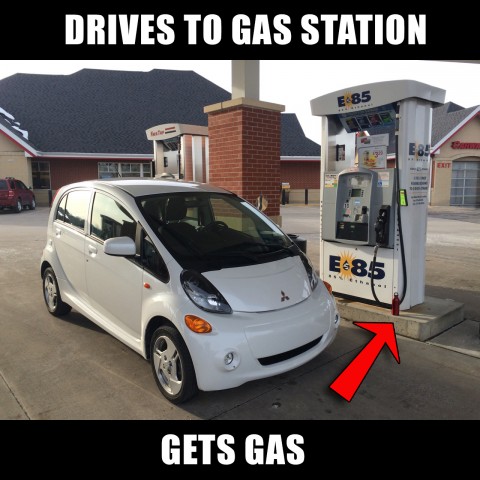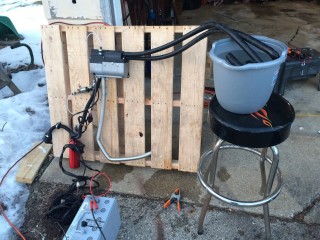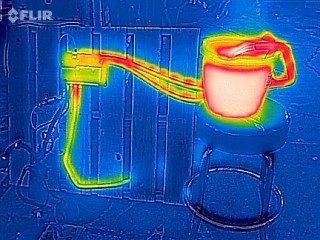Hi everyone.
I've been following this thread with great interest.
I have decided that the Mitsubishi iMiEV heating system is either fine or TERRIBLE, depending on where you live and what your average winter temperatures are. A few days ago, it was -8 degrees F. in my part of the world (Wisconsin, United States.)
I would like to install the heater that Sandange and others have installed, only the gasoline version, so that I can burn straight ethanol. Ethanol burns clean. It's not smelly like diesel, and doesn't flash the way gasoline does. I'd like my car to run on RENEWABLE electricity, and the heater to run on renewable liquid fuel. I have a source for pure ethanol (E98) and if I run out of that, commercial E85 is available at my local gas station.
Any concerns about which hoses to use or materials for the fuel tank? Here's the heater I would be looking to get: http://www.aliexpress.com/store/product/Truck-Water-heater-Liquid-parking-heater-5kw-12V-Gasoline-similar-to-Webasto-for-Trucks-cars-etc/416052_742102128.html
As has already been addressed in this thread, it appears to be the same as the diesel version - just slightly different software.
I've been following this thread with great interest.
I have decided that the Mitsubishi iMiEV heating system is either fine or TERRIBLE, depending on where you live and what your average winter temperatures are. A few days ago, it was -8 degrees F. in my part of the world (Wisconsin, United States.)
I would like to install the heater that Sandange and others have installed, only the gasoline version, so that I can burn straight ethanol. Ethanol burns clean. It's not smelly like diesel, and doesn't flash the way gasoline does. I'd like my car to run on RENEWABLE electricity, and the heater to run on renewable liquid fuel. I have a source for pure ethanol (E98) and if I run out of that, commercial E85 is available at my local gas station.
Any concerns about which hoses to use or materials for the fuel tank? Here's the heater I would be looking to get: http://www.aliexpress.com/store/product/Truck-Water-heater-Liquid-parking-heater-5kw-12V-Gasoline-similar-to-Webasto-for-Trucks-cars-etc/416052_742102128.html
As has already been addressed in this thread, it appears to be the same as the diesel version - just slightly different software.
















